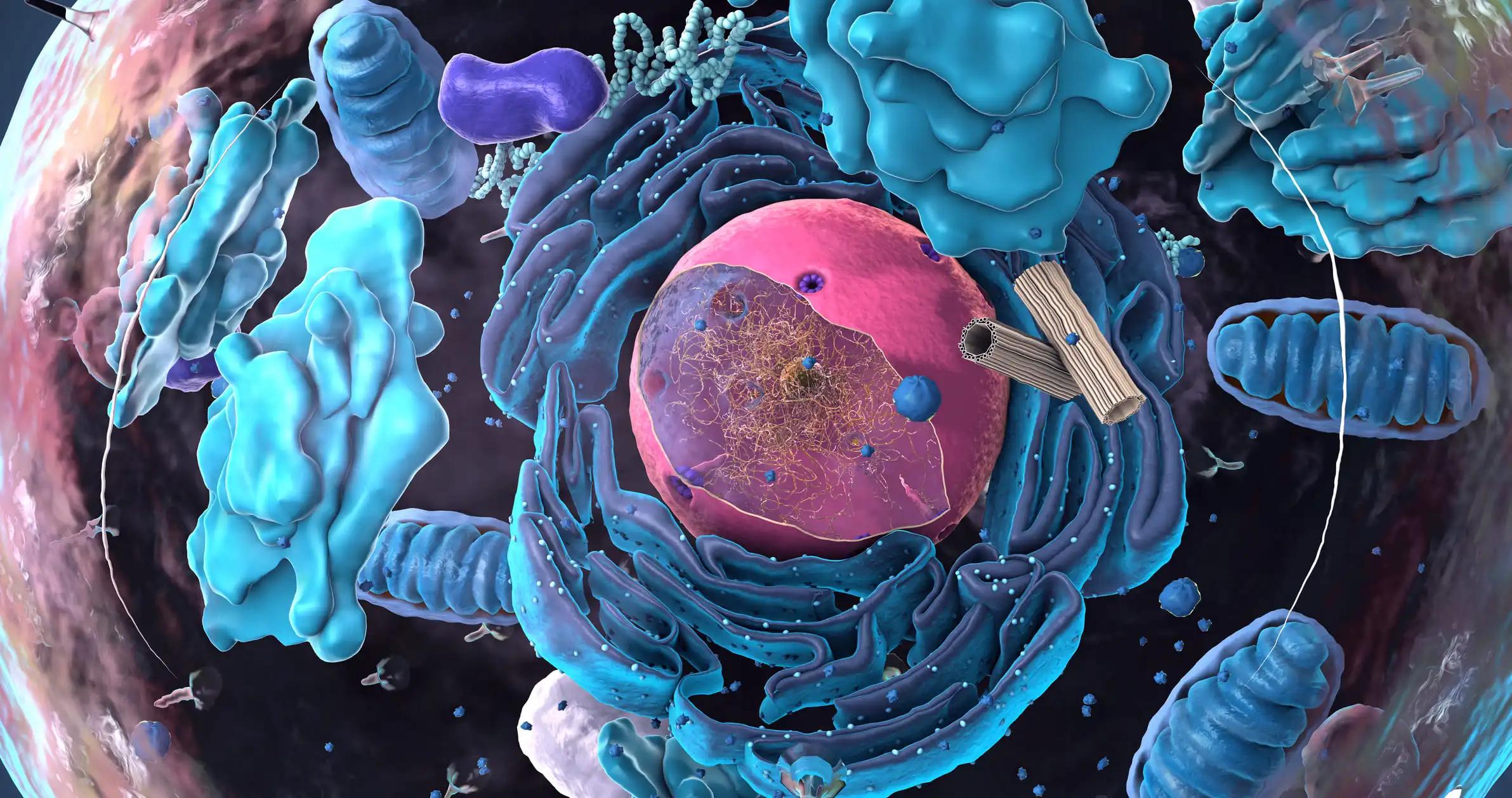KEY TAKEAWAYS
- A phase III, double-blind, randomized superiority trial in HER2+ EBC patients with high-risk RD after NAT.
- T-DM1 and tucatinib may improve iDFS in HER2+ EBC patients with high-risk RD following NAT.
- Secondary objectives include overall survival, breast cancer-free survival, distant recurrence-free survival, brain metastases-free survival, and disease-free survival.
- Correlative objectives include the correlation of TIL levels in the main tumor and RD with iDFS, tucatinib benefit, iDFS, and CTCs at serial time points, and the benefit amount in patients with/without detectable pretreatment CTCs.
- The trial seeks a 5% absolute difference in iDFS with a two-sided alpha of 0.05 and a power of 80%.
Invasive residual disease (RD) following neoadjuvant therapy (NAT) is associated with a greater probability of relapse in patients (pts) with HER2+ early breast cancer (EBC) than in patients with a pathologic complete response (pCR). Patients with estrogen receptor (ER)-negative or nodal RD have inferior results, and recurrences in the central nervous system are a concern, even though T-DM1 given after neoadjuvant therapy has improved invasive disease-free survival (iDFS). Researchers require more efficient methods of treatment. In HER2+ EBC, pCR is used to customize post-neoadjuvant treatment in the CompassHER2 studies (EA1181 and A011801). Patients with pCR complete HP +/- adjuvant radiotherapy (RT) +/- endocrine therapy (ET) in EA1181, a NAT de-escalation study of a taxane, trastuzumab, and pertuzumab (THP) in clinical stage II-III HER2+ EBC. Tucatinib is a HER2 selective tyrosine kinase inhibitor (TKI) being studied in an escalation experiment called A011801 for patients with high-risk HER2+ RD after NAT. Adjuvant T-DM1+pb vs T-DM1 and tucatinib with adjuvant RT +/- ET in patients with high-risk HER2+ RD (e.g., ER-, node-positive, or both) after a predetermined course of HER2-directed neoadjuvant treatment.
Six or more NAT cycles must have been completed, including at least nine weeks of T and H +/- P. Except for patients enrolled in EA1181 (about 15%-30%), all chemotherapy (CT) must be finished before surgery. These patients will require postoperative CT to finish at least ≥ 6 cycles before enrolling in A011801. Patients are ineligible if previously treated with a HER2-targeted TKI or antibody-drug conjugate. Overall survival, breast cancer-free survival, distant recurrence-free survival, brain metastases-free survival, and disease-free survival are secondary objectives. Improving iDFS in patients with HER2+ EBC with RD following NAT is the primary target. Tumour infiltrating lymphocyte (TIL) levels in the main tumor and RD, tucatinib benefit, iDFS, and circulating tumor cells (CTC) at successive time points, and the degree of tucatinib benefit (iDFS) in patients with/without detectable pretreatment CTCs are all secondary objectives. Researchers will also be looking at pharmacokinetic and quality-of-life endpoints. The A011801 study is a prospective, randomized, double-blind, phase III superiority trial that is stratified by them whether or not patients received a postoperative CT (Y/N), ii) hormone receptor status (positive/negative), and iii) pathologic lymph node status (positive/negative). With a two-tailed alpha of 0.05 and power of 80%, Researchers expect a significant difference of at least 5% in iDFS (82.2% vs 87.0%, HR = 0.7) between the control and experimental groups. There will be 981 participants, and the goal is to accumulate 1031 points between January 6, 2021, and January or later in 2028.
Source: https://meetings.asco.org/abstracts-presentations/201109
Clinical Trial: https://clinicaltrials.gov/ct2/show/NCT04457596
Ciara Catherine Maria O’Sullivan, Karla V. Ballman, Linda Mackie McCall, Tyler J. Zemla, Anna Weiss, Melissa Mitchell, Victoria Susana Blinder, Nadine M. Tung, William Johnson Irvin, Myounghee Lee, Matthew P. Goetz, William Fraser Symmans, Virginia F. Borges, Ian E. Krop, Ann H. Partridge, Lisa A. Carey/A011801 (CompassHER2 RD): Postneoadjuvant T-DM1 + tucatinib/placebo in patients with residual HER2-positive invasive breast cancer/J Clin Oncol 39, 2021 (suppl 15; abstr TPS595)DOI10.1200/JCO.2021.39.15_suppl.TPS595



